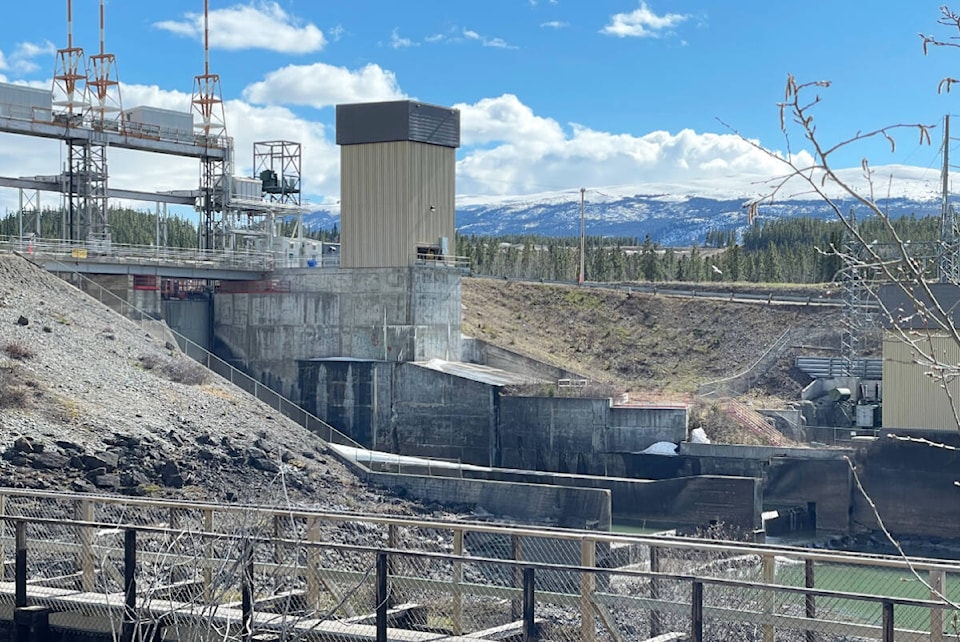Yukon Energy has pinpointed the root cause of power outages that left thousands of Yukoners without electricity for a few hours last week.
The outages on June 9 were first reported to ATCO Electric Yukon at 7:55 a.m.
In a June 13 email, Jay Massie, ATCO’s vice president of northern development, said the outage impacted approximately 6,175 customers in the areas of Whistle Bend, Riverdale, North Klondike, Grizzly Valley, Hidden Valley, Crestview, Kulan, Hot Springs Road, Alaska Highway West and parts of downtown Whitehorse.
Massie said the morning outage lasted about two hours, with power fully restored to all customers by 9:55 a.m.
Another outage that evening affected the same areas and number of customers. That outage was first reported at 11 p.m. and was fixed by shortly after midnight.
It turned out the outages were caused by a large amount of grasses that had built up and had to be removed from the Aishihik hydro plant’s intake, according to Yukon Energy’s vice president of operations, Guy Morgan told the News by phone June 13.
The blockage of the intake caused a “fairly rapid reduction” in output from the hydro units by about 30 to 40 per cent, he said.
“What it does is it chokes off the ability for the water to go through the turbine,” he said.
Yukon Energy turned the units off to avoid drawing in any water while the debris was pulled out from the trash racks using pipe poles and rakes.
“Rather than fight against a flow of water, we shut the units down, and then the guys could do two things: work safely to remove the debris and the debris comes off a lot easier.”
Morgan said the issue has been resolved, for now.
“There’s always a chance that this is going to happen,” he advised.
Morgan said the intakes on all three reservoirs are regularly cleaned.
However, Morgan said, increased or very significant flows coming through that system can pick up debris from along the shoreline and transport it into the Otter Falls overflow structure, the valves and the intake.
Despite a log boom set up across the canal as a barrier to contain floating timber, he said some stuff like heavy, wet grasses will get transported down the canal and underneath the boom.
The Yukon Energy website indicates the Aishihik facility can produce enough power to supply approximately 12,500 non-electrically heated homes. Morgan explained the plant has a variable output that gets generated into the power system depending on the time of year.
“In the summertime, it’s significantly less because we’re storing water, and then in the wintertime, you know, we’re utilizing the asset a lot more,” Morgan said.
The plant, which produces 22 megawatts of renewable power, is located 110 kilometres northwest of Whitehorse, according to the website.
Meanwhile, the News observed the water flow at the Whitehorse hydro plant has recently appeared to be relatively low.
“It’s quite a bit slower this year for us,” Morgan confirmed.
Morgan attributed the low levels in Whitehorse to a “very late freshet” amid cooler weather. He said some of the rainfall has been ending up as snowpack in some higher elevation areas of the Yukon.
“The flows have increased quite a bit in the last week, though, so we’re ramping up fairly quickly now,” he said.
— With files from Lawrie Crawford
Contact Dana Hatherly at dana.hatherly@yukon-news.com
